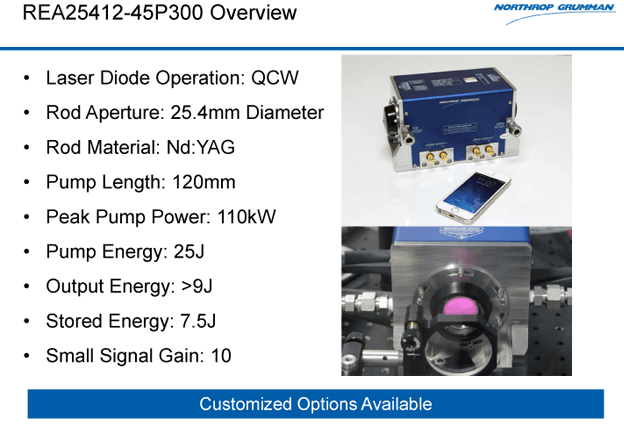Hormone and gene therapies for anxiety and PTSD could be on the way 
Give oxytocin to people with certain anxiety disorders, and activity in the amygdala—the primary fear center in human and other mammalian brains, two almond-shaped bits of brain tissue sitting deep beneath our temples—falls. Credit: Amber Rieder, Jenna Traynor, & Geoffrey B Hall via Wikimedia Commons When University of Bonn psychologist Monika Eckstein designed her latest published study, the goal was simple: administer a hormone into the noses of 62 men in hopes that their fear would go away. And for the most part, it did.
The hormone was oxytocin, often called our “love hormone” due to its crucial role in mother-child relationships, social bonding, and intimacy (levels soar during sex). But it also seems to have a significant antianxiety effect. Give oxytocin to people with certain anxiety disorders, and activity in the amygdala—the primary fear center in human and other mammalian brains, two almond-shaped bits of brain tissue sitting deep beneath our temples—falls. The amygdala normally buzzes with activity in response to potentially threatening stimuli. When an organism repeatedly encounters a stimulus that at first seemed frightening but turns out to be benign—like, say, a balloon popping—a brain region called the prefrontal cortex inhibits amygdala activity. But in cases of repeated presentations of an actual threat, or in people with anxiety who continually perceive a stimulus as threatening, amygdala activity doesn’t subside and fear memories are more easily formed. To study the effects of oxytocin on the development of these fear memories, Eckstein and her colleagues first subjected study participants to Pavlovian fear conditioning, in which neutral stimuli (photographs of faces and houses) were sometimes paired with electric shocks. Subjects were then randomly assigned to receive either a single intranasal dose of oxytocin or a placebo. Thirty minutes later they received functional MRI scans while undergoing simultaneous fear extinction therapy, a standard approach to anxiety disorders in which patients are continually exposed to an anxiety-producing stimulus until they no longer find it stressful. In this case they were again exposed to images of faces and houses, but this time minus the electric shocks. Those subjects receiving oxytocin had increased activity in the prefrontal cortex—the part of the brainresponsible for getting fear under control—and decreased amygdala responsiveness when exposed to the now-benign images that subjects had been conditioned to find frightening. Physical manifestations of fear, namely sweating, were also decreased in the treated group. The results, published October 29 in Biological Psychiatry, suggest that just a single dose of oxytocin may effectively enhance extinction-based therapies for fear and anxiety conditions. “It would be far too early to give recommendations for a clinical use of oxytocin,” Eckstein cautions. “However, there is a large body of research suggesting a potential therapeutic role in various disorders in the future.” Though results were based on observation rather than fMRI findings, a smaller study published last year by Acheson and colleagues reported that intranasal oxytocin facilitates fear extinction in humans. Oxytocin also attenuates hyperactive amygdalas in social anxiety disorder and is being explored as a potential treatment for PTSD. Defusing the fear gene
Beyond oxytocin, scientists are studying a number of other promising approaches to reducing fear, including treatments based on an improved genetic understanding of fear and anxiety. The gene encoding for a compound called brain-derived neurotrophic factor—involved in neuronal growth, survival and neurotransmission, all of which in turn play a role in fear memories and extinction—could be particularly important. For example, a specific BDNF gene variant is associated with shy mice; carriers are literal wallflowers, preferring to spend time alone against cage walls rather than hanging around their rodent roommates. In humans with the same BDNF mutation, fear reportedly doesn’t subside as quickly with repeated presentations of a startling yet ultimately nonthreatening cue. Raül Andero Galí, a research associate in the Department of Psychiatry and Behavioral Sciences at Emory University, thinks BDNF-based approaches hold promise in understanding and treating anxiety. Only small amounts of BDNF make it across the blood-brain barrier, so at the moment there is no therapeutic role for the compound itself. Yet Galí’s work has shown that a compound that mimics the effects of BDNF in the brain successfully helped mice get over fearful associations—specifically a sound paired with a foot shock. The prospect of BDNF gene therapy is also being investigated. “BDNF provides some of the most powerful effects that I've ever seen in enhancing fear extinction,” says Galí. “However, we need to test whether BDNF-related molecules are safe and effective in humans.” Galí has also shown that a drug that blocks the activity of the Tac2 gene pathway, which is also thought to play a role in fear extinction, reduces the consolidation and storage of traumatic memories in mice, suggesting a possible therapeutic role in post-traumatic stress disorder. “PTSD it is a unique psychiatric disease because we usually know when it begins,” Galí says. “We could potentially give drugs shortly after trauma to prevent it.” It’s not “eternal sunshine”
While prescription BDNF and Tac2 antagonists are likely a ways off, treating anxiety and fear states like social anxiety disorder and PTSD with a combination of oxytocin and fear extinction therapy—possibly allowing patients to wean off medication or psychotherapy altogether—seems like a very real possibility. However, the ethics of tinkering with memories could get dicey. What if these treatments were used to extinguish unpleasant but un-pathologic memory associations like, say, those involving a relationship gone bad, or grief? Eckstein isn’t too worried. “There is potential to abuse these treatments,” she says. “However, this is unlikely.” Neuroscientist Joseph LeDoux has written that emotional memories—happy memories, exciting memories, fearful memories—are indelible. Rather than actually erasing bad memories, we forget how to access them, or learn to call up a more pleasant memory first. As Eckstein points out, in anxiety patients who’ve successfully learned to replace a fear association with a positive or neutral emotion, relapses do occur. “The old fear is still stored somewhere in the brain,” she says. But hopefully, as new treatments emerge, that fear will be harder to find. source to this article : www.scientificamerican.com
|















